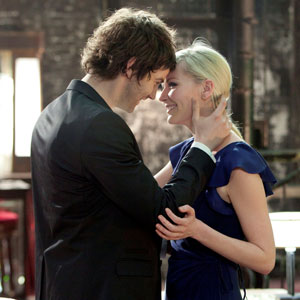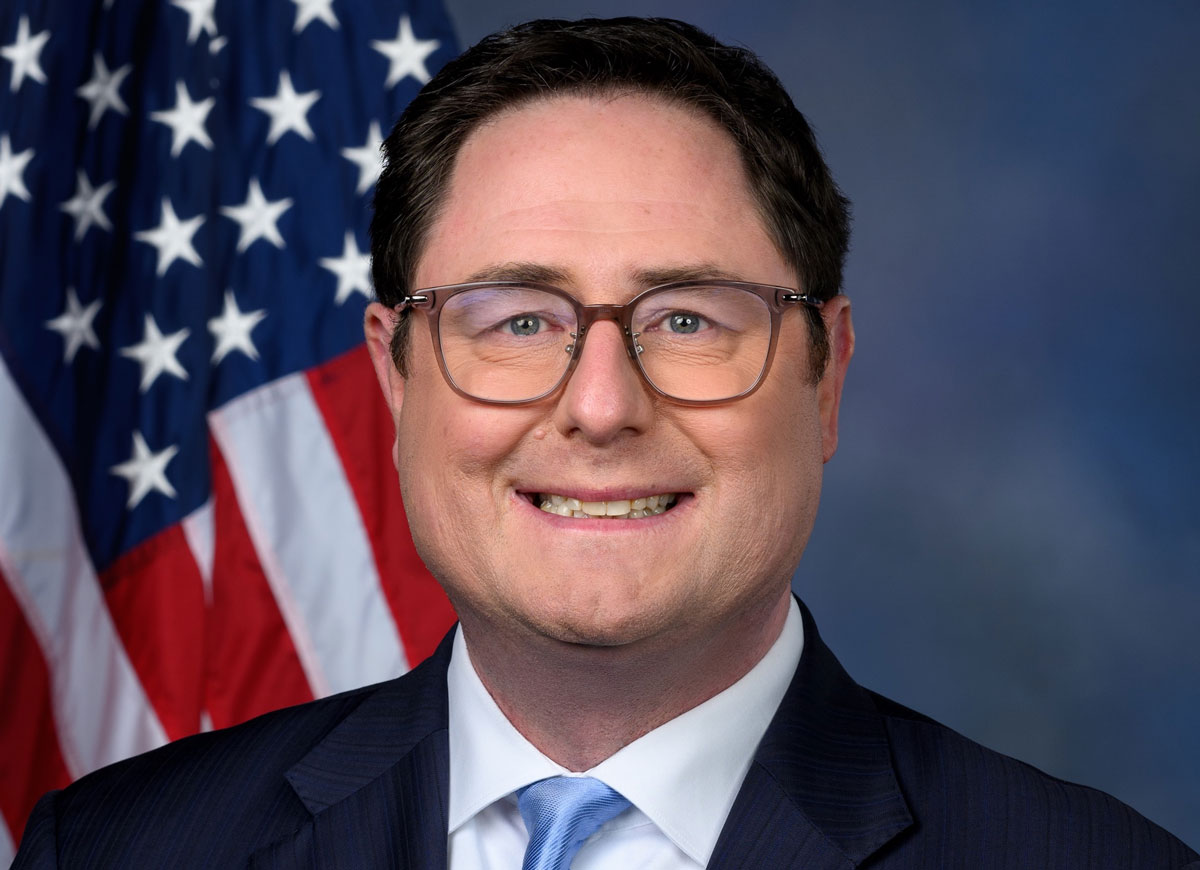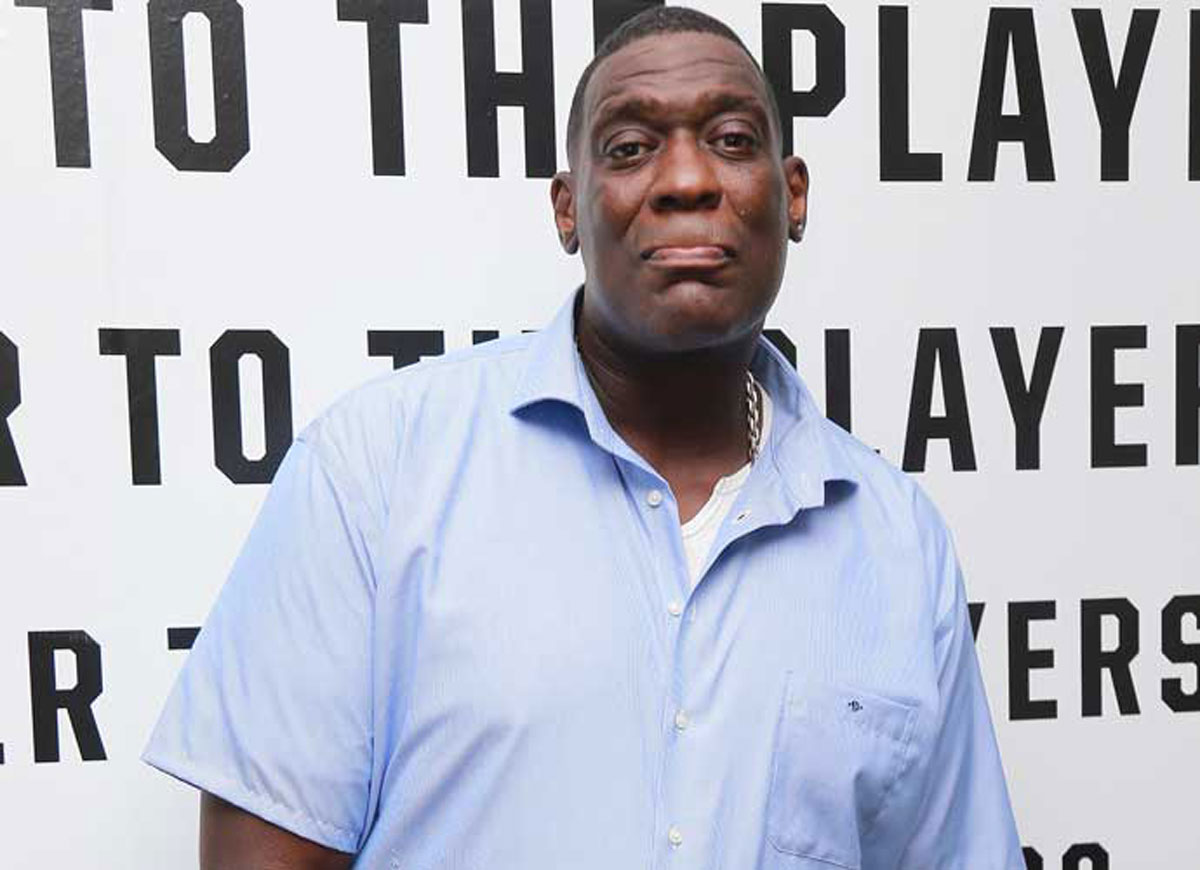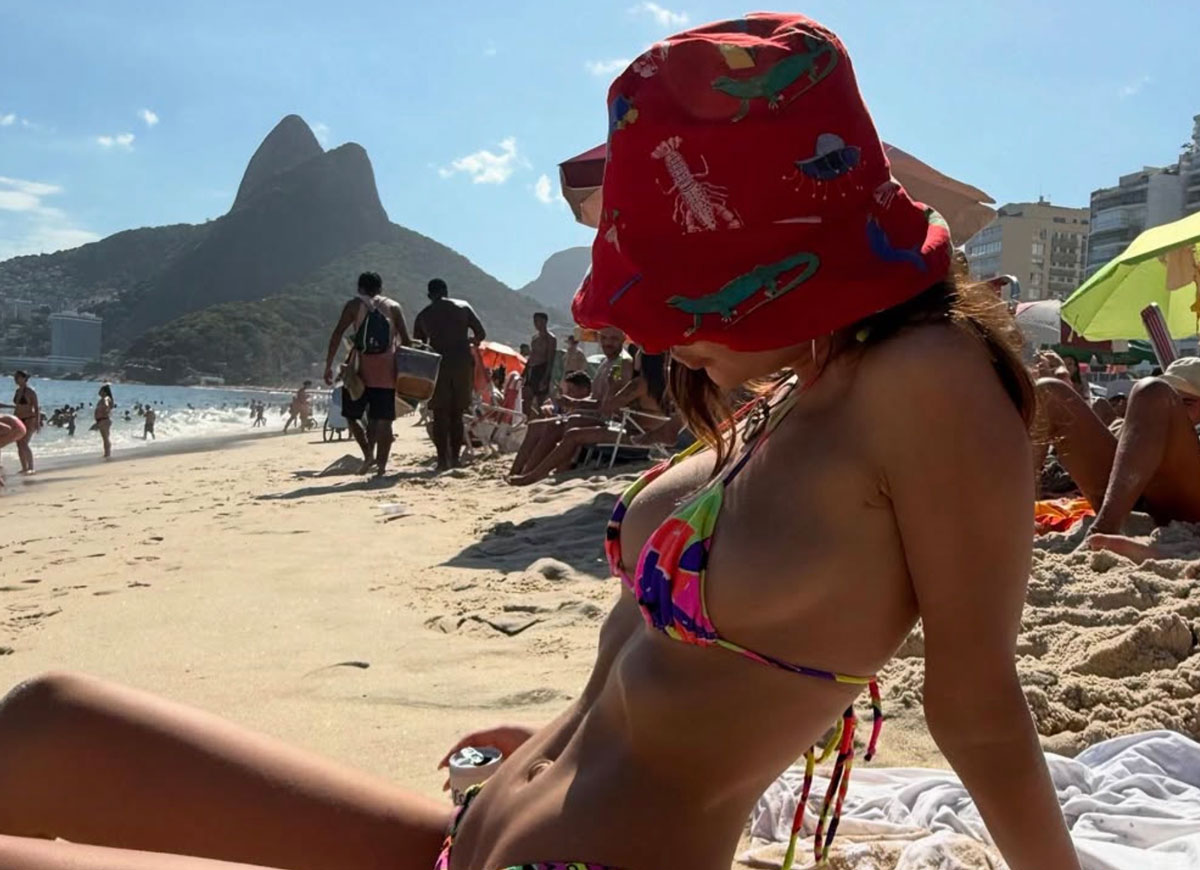Juan Diego Solanas Interview On Directing 'Upside Down,' Kirsten Dunst, Jim Sturgess
Juan Diego Solanas is the mastermind director behind the romantic fantasy film Upside Down, starring Kirsten Durst and Jim Sturgess, as star-crossed lovers from planets with opposite gravitational pulls. Writing and directing the film, Solanas focused his attention on the unique imagery of the movie in which twin worlds live side by side. “The danger of the idea was the overly technological look,” Solanas told Uinterview in an exclusive interview. “There were a lot of problems going on. I spent hours at night not sleeping but searching for solutions for the problem.”
Born in Argentina, Solanas is the son of the accomplished film director, Fernando E. Solanas. With a keen eye for visuals, Solanas studied photography and art history when he moved to France with his father to escape dictatorship in Argentina in the 70s. Solanas first broke into film while working as an assistant for his father’s cinematographer. He began by directing commercials on TV and then made his debut with his short film, The Man Without The Head, released in 2003. His first full-length feature film was Nordeste (Northeast) in 2005.
For Upside Down, Solanas used technology to create a film that would be a unique visual experience for the audience. "I am a hundred percent vision guy, meaning the idea of a movie appears to me first as an image, and then I watch myself. It’s crazy, the image that I imagine, I am a spectator of the image. The process is my image, I love the image, and then the image tells me the story," he told Uinterview. "This is the way my complicated brain works."
Well, I am a hundred percent vision guy, meaning the idea of a movie appears to me first as an image, and then I watch myself. It’s crazy, the image that I imagine, I am a spectator of the image. The process is my image, I love the image, and then the image tells me the story. This is the way my complicated brain works. So I'm writing from it, producing in words how I see it. I had that image seven years ago, very, very, very close to that. After that for me, making the movie is making that real. So the unique look of the image is the look of my brain. I really imagine in everything. My first vocation was to be an astrophysicist. I love technique, so that’s when I had the idea of Upside Down. Ten minutes later after having the idea, I started to think, 'How are we going to make it?'
The danger of the idea was the possibility of an overly technological look. I mean you need to create a variety all the time. I wanted this story to be simple and organic, so that was for me, a very important point. I don’t want this story to be cold and technological. I want the image to be organic, so I made the decision if we do the movie I wanted it to be using an anamorphic lens. I wanted a huge distortion, a huge analogical look. An anamorphic lens is round. It’s an eye opener. I said, 'Ok, I want to do that in life, if I don’t want to do it in life, then I don’t want to do it in a movie.' I love technology, but only if technology is here to help us, to give us freedom. That’s my theory. So I was like, 'Let’s build it like that! Let’s put in one of those halves [of the set] on a dolly, a normal dolly, with the camera. Let’s have the camera, a dolly with whatever framing. Let’s encode all that, put in colors and every piece of equipment, focus on the scene. Let’s send this data to a little computer because it’s very easy to do, and then from this computer we send this data to a motion control. We are going to make exactly the same movement in real time on the other half of the set, and it was incredible. And then let’s recover the feel, the feel of this camera and reframe it in real time. We have to have a feel of the frame, if not you’re going to make a very boring frame. So what you see, more than fifty percent is solid. We built a one hundred and fifty something square-meter studio.
Well, I first of all, when I finished the script, then I started to think about the actors. Kirsten Dunst, I love her, she was the perfect balance between fragility and well, she just fit so well in Eden’s character. She was perfect for the part. She understood the story the way I understood it, because that can be a problem, you know. And Jim the same, I saw him in London. I went up to see him and I said, 'Oh my God, that’s Adam!' We had a couple of beers, drinks, and he said yes. I guess I was blessed, because the process was easy, optimal and short.
One challenging scene — I mean every scene was challenging in the movie — one scene that I really liked, like 100 percent liked, was when Jim changed gravity. I was like, 'We have to do this, we have to make Jimmy change gravity.' This was a big move. The camera was fixed, and we did this crazy move, so it was a big moment. It was something small, but it was very challenging because of the technical problems — the height of the studio wasn’t high enough also. There were a lot of problems going on, again because of technology. I spent hours at night not sleeping but searching for solutions for the problem. My life in the studio was everything. I spent hours on the point of view.
RELATED ARTICLES
Get the most-revealing celebrity conversations with the uInterview podcast!






Leave a comment